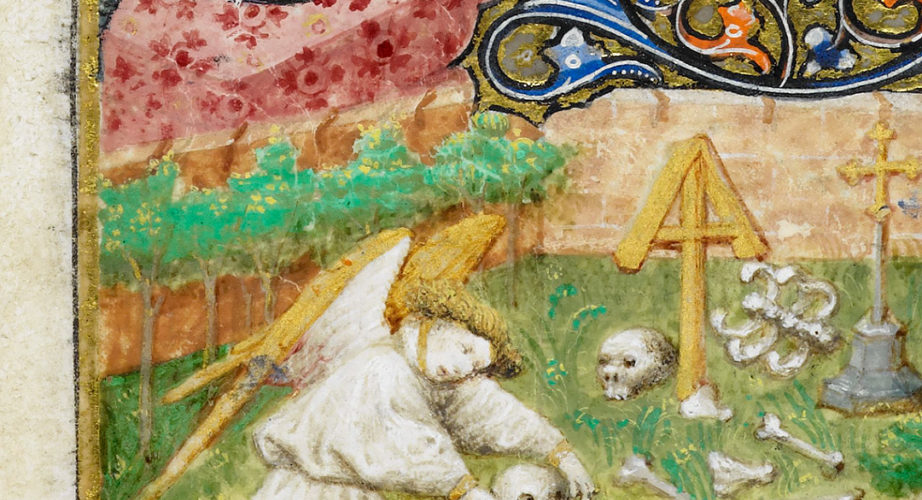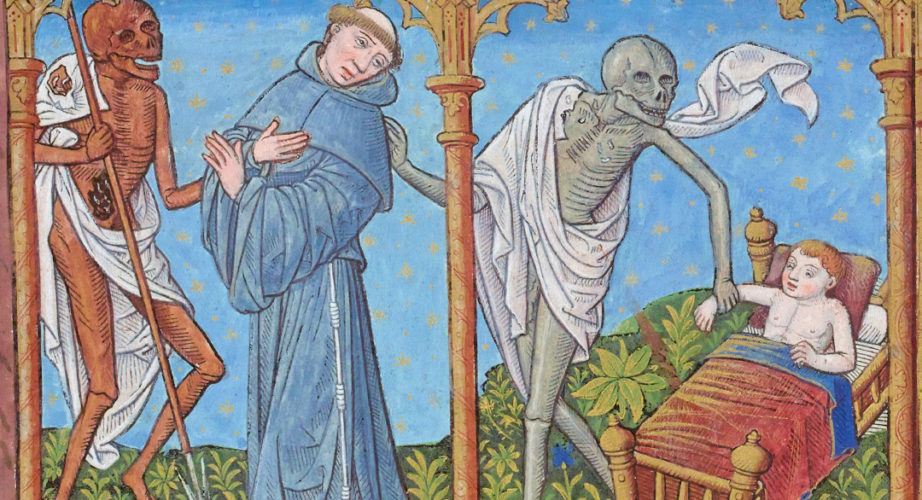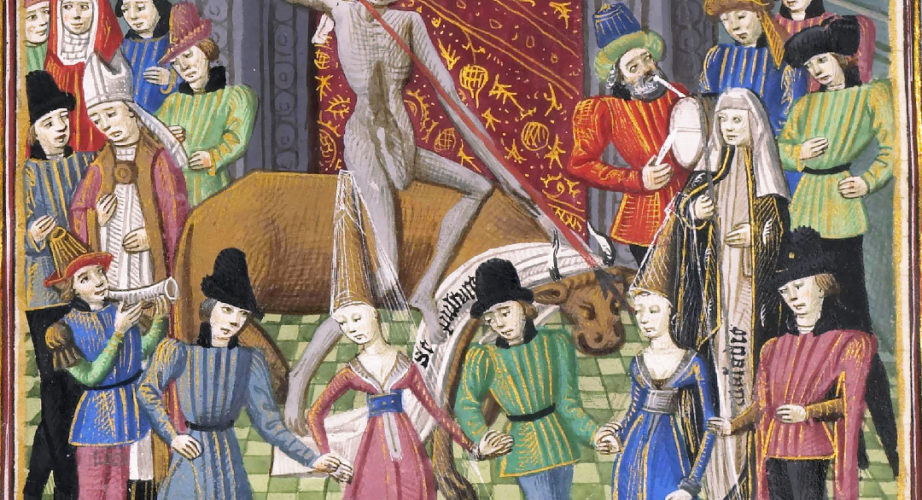WALPURGIS NIGHT
 Every year, the night from April 30 to May 1, part of Europe celebrates the Germanic and Scandinavian feast known as Walpurgis Night.
Although its name comes from the 8th-century Christian Saint Walpurga (or Walburga) of Heidenheim, the feast itself probably originated from the propitiatory and springtime-celebratory rites present in both Germanic and Celtic traditions. In German folklore, in particular, the night April 30 to May 1 was already known as Hexennacht, meaning "Witches' Night": according to popular belief, in fact, witches used to hold a large celebration on the Brocken, a large mountain in Northern Germany, where they would dedicate songs and frenetic dances to the Moon. Over time, this belief came to overlap with the cult of Saint Walpurgis, an English missionary who had traveled to Germany to evangelize among the locals. Due to her role in the fight against Paganism, local Christians soon started asking Saint Walpurgis for her protection against witchcraft and hexes. The eve of May Day, traditionally celebrated with bonfires and dances that would keep the witches away, thus became known as Sankt Walpurgisnacht ("Saint Walpurgis Night").
In his Faust, Goethe dedicates an entire scene to Walpurgis Night: in this scene, appropriately titled Walpurgisnacht, Mephistopheles leads Faust to the top of the Brocken. Here the two attend the annual infernal dances of demons, sorcerers, and witches, in which Faust himself soon takes part.
To this day, Walpurgis Night is still celebrated across Germany, especially - you guessed it! - near the Brocken. The feast is also extremely popular in Scandinavia: in Finland and Sweden, where it is known as (respectively) "Vappu" and "Valborg", traditions usually revolve less around magic and deal more with the coming of spring.
"Witches", illumination from the manuscript "Le Champion des Dames" by Martin Le Franc, ms. Français 12476, f. 105v, XV secolo, Bibliothèque Nationale de France, Paris.
Every year, the night from April 30 to May 1, part of Europe celebrates the Germanic and Scandinavian feast known as Walpurgis Night.
Although its name comes from the 8th-century Christian Saint Walpurga (or Walburga) of Heidenheim, the feast itself probably originated from the propitiatory and springtime-celebratory rites present in both Germanic and Celtic traditions. In German folklore, in particular, the night April 30 to May 1 was already known as Hexennacht, meaning "Witches' Night": according to popular belief, in fact, witches used to hold a large celebration on the Brocken, a large mountain in Northern Germany, where they would dedicate songs and frenetic dances to the Moon. Over time, this belief came to overlap with the cult of Saint Walpurgis, an English missionary who had traveled to Germany to evangelize among the locals. Due to her role in the fight against Paganism, local Christians soon started asking Saint Walpurgis for her protection against witchcraft and hexes. The eve of May Day, traditionally celebrated with bonfires and dances that would keep the witches away, thus became known as Sankt Walpurgisnacht ("Saint Walpurgis Night").
In his Faust, Goethe dedicates an entire scene to Walpurgis Night: in this scene, appropriately titled Walpurgisnacht, Mephistopheles leads Faust to the top of the Brocken. Here the two attend the annual infernal dances of demons, sorcerers, and witches, in which Faust himself soon takes part.
To this day, Walpurgis Night is still celebrated across Germany, especially - you guessed it! - near the Brocken. The feast is also extremely popular in Scandinavia: in Finland and Sweden, where it is known as (respectively) "Vappu" and "Valborg", traditions usually revolve less around magic and deal more with the coming of spring.
"Witches", illumination from the manuscript "Le Champion des Dames" by Martin Le Franc, ms. Français 12476, f. 105v, XV secolo, Bibliothèque Nationale de France, Paris.
Post consigliati
Halloween Decorations
Folia Magazine wishes all of you a Happy Halloween and All Hallows' Day!…
Dance of Death
We finally reached the end of October... and that means it's Halloween! Last…
DANCE DANCE DANCE: the Dancing Mania and other kinds of mass hysteria
Fear? Paranoia? Symptoms that seem inexplicable and infections "at first sight"? Nothing new!…


